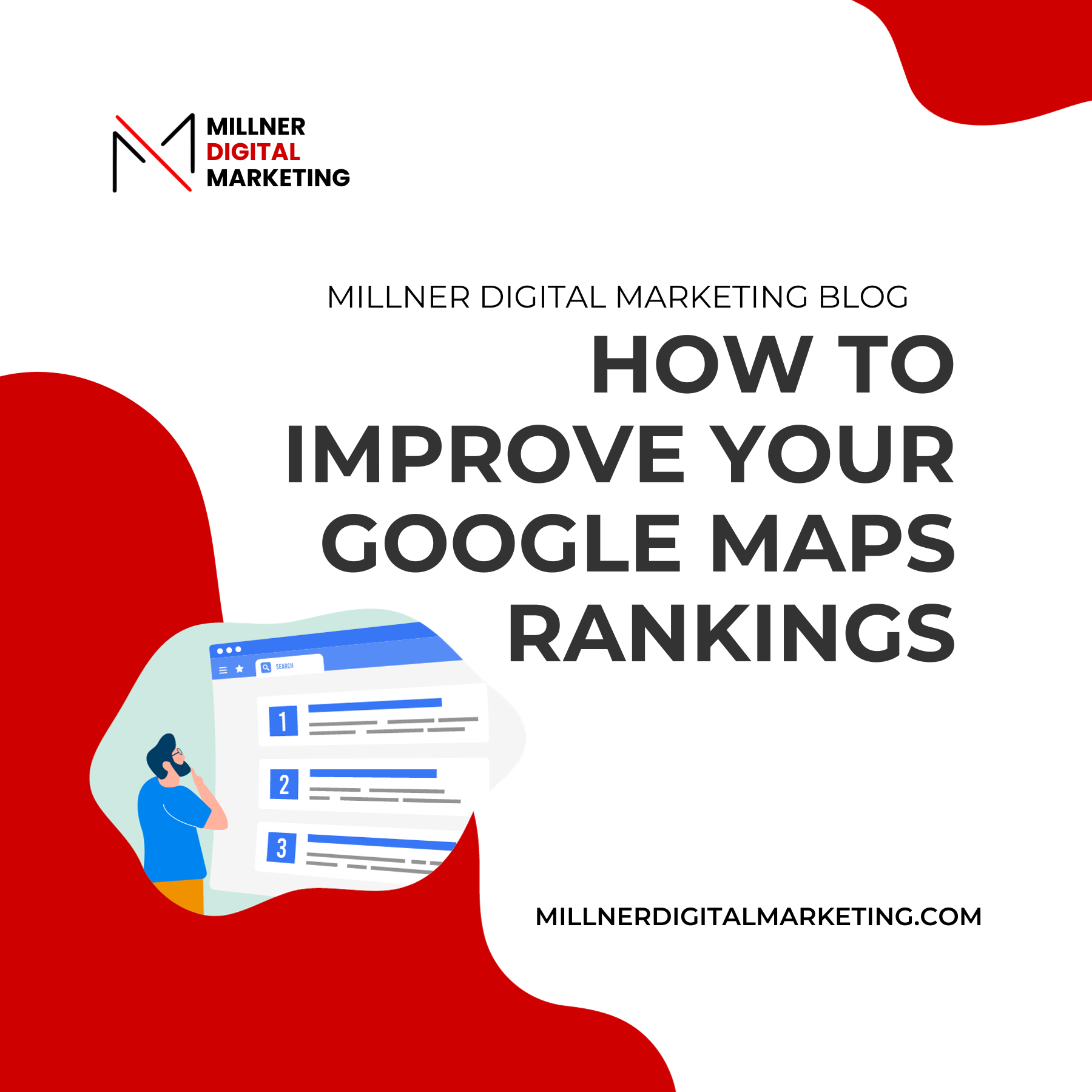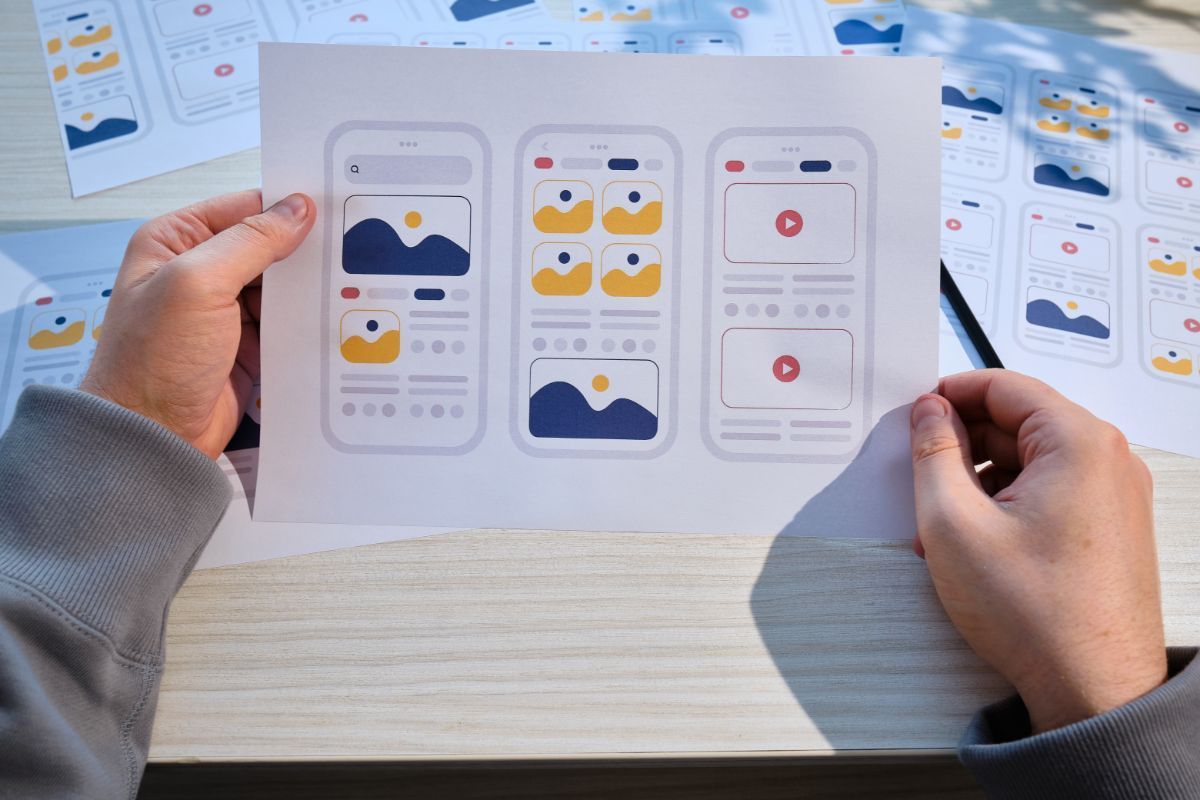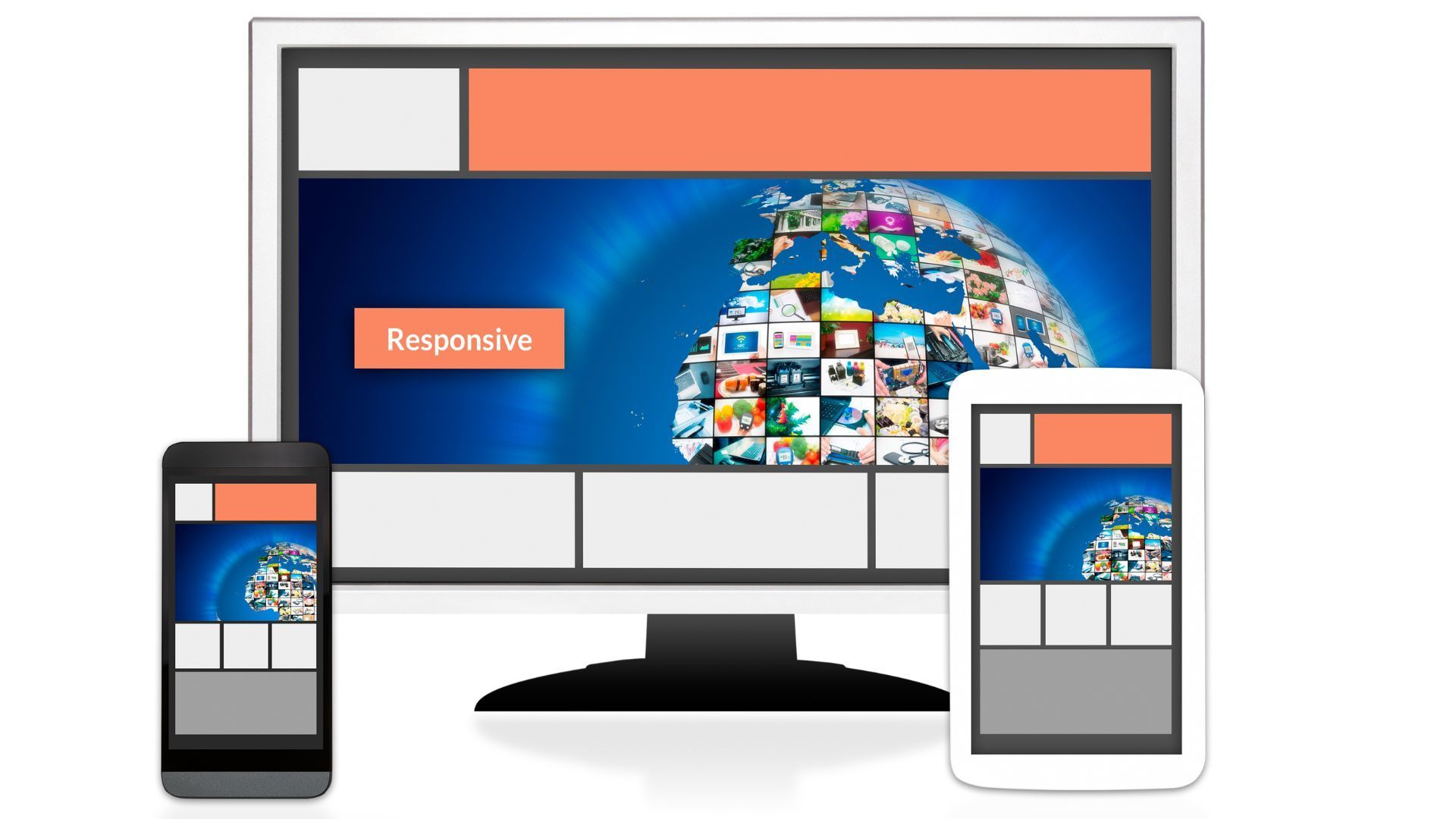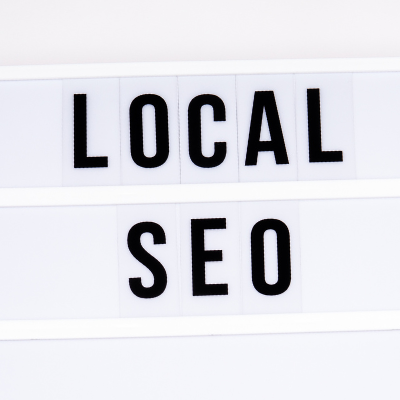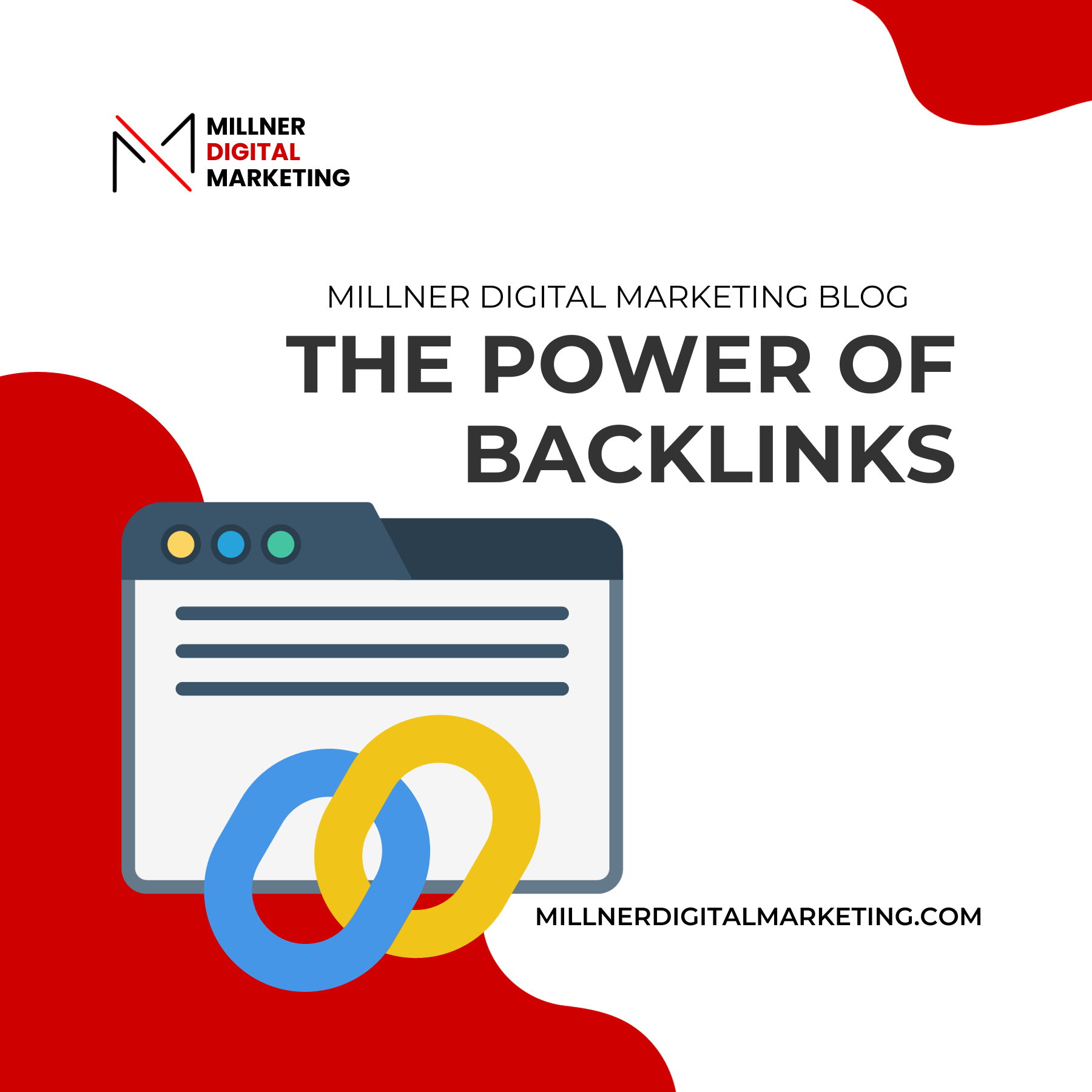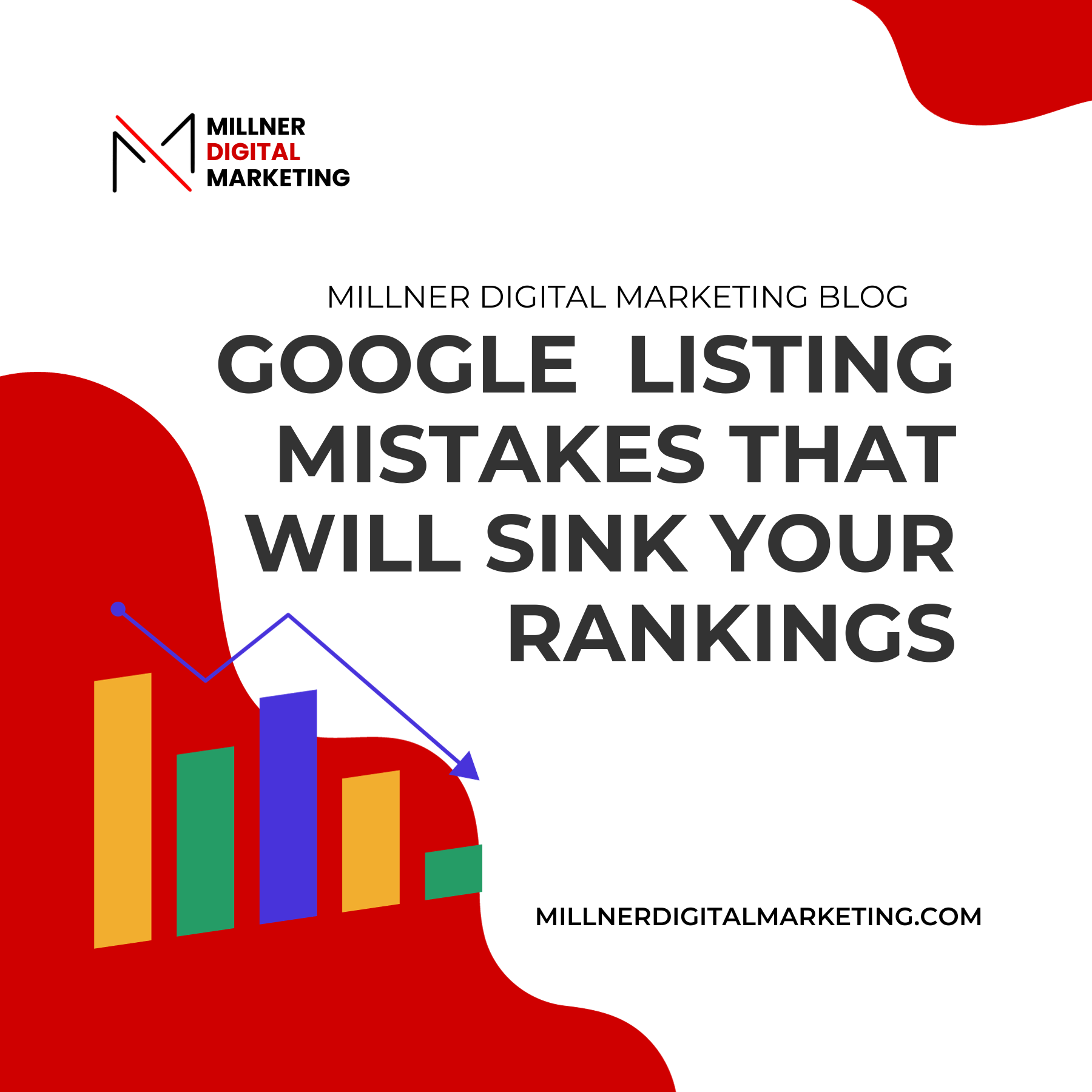Designing for Conversion: How to Optimize Your Website for Sales
Creating an effective website that converts visitors into customers is crucial for any business, especially in the digital age. In this article, we'll dive into the essential design elements and strategies that can significantly enhance your website's conversion rates. By optimizing your site's design, you can not only improve the user experience but also drive sales and achieve your business goals. Here's how:

Understanding Conversion-Centric Design
Conversion-centric design focuses on guiding visitors toward taking a specific action, such as making a purchase, signing up for a newsletter, or filling out a contact form. The goal is to design your website in a way that eliminates obstacles and intuitively leads users towards conversion points.
Key Elements to Optimize for Higher Conversion Rates
1. Strategic CTA Placement
The strategic placement of Call-to-Action (CTA) buttons is pivotal in steering visitors towards the desired action, whether it's making a purchase, signing up for a newsletter, or contacting your business. The effectiveness of a CTA doesn't solely depend on its message; its placement can significantly influence conversion rates. Ideally, CTAs should be positioned in areas where users' attention naturally gravitates. This includes above the fold on your homepage or key landing pages, ensuring visibility without the need for scrolling. Additionally, embedding CTAs within the content where relevant, and at the end of informative sections can prompt action when the user is engaged with the content.
High-contrast colors and clear, action-oriented language can make CTAs stand out. It's also essential to consider the number of CTAs; too many can overwhelm users and dilute their effectiveness. A/B testing different placements and designs can help identify the most effective strategy for your audience. Remember, the goal is to make it as easy and enticing as possible for users to take the next step in their journey on your site.
2. Leveraging Color Psychology
Color psychology is a powerful tool in web design, influencing how visitors perceive your brand and interact with your site. Different colors evoke different emotions and actions. For example, blue can instill a sense of trust and professionalism, making it a popular choice for technology and finance websites. Red, known for its urgency and excitement, can be effective for clearance sales or limited-time offers. Green, associated with health, peace, and ease, is often used for environmental and wellness brands.
When choosing colors for your website, consider the psychological impact and how they align with your brand identity. The color of your CTA buttons is particularly crucial; they should stand out against the background and grab attention without clashing with the overall design aesthetic. Consistent use of color throughout your website can also aid in brand recognition and enhance the user experience. It's vital to test different color schemes with your target audience to see what works best in driving conversions.
3. User-Friendly Navigation
User-friendly navigation is essential for keeping visitors engaged and reducing bounce rates. A well-structured navigation menu guides users through your site, making it easy for them to find what they're looking for. This includes a logical arrangement of categories, a simplified menu structure, and clear labels. Dropdown menus can help organize content under broader categories without overwhelming users.
Accessibility is another critical aspect of navigation design. Your site should be navigable for all users, including those with disabilities. This means considering keyboard navigation, screen reader compatibility, and clear focus indicators. Breadcrumb navigation can also enhance the user experience by showing users their current location on the site and how to return to previous pages. Streamlining your navigation reduces frustration and helps users find their desired content or products, ultimately leading to higher conversion rates.
4. Responsive Design
In today's mobile-first world, responsive design is non-negotiable. A responsive website automatically adjusts to fit the screen size and resolution of any device, providing a seamless and consistent experience for all users. This adaptability improves usability, engagement, and satisfaction, directly impacting conversion rates. Responsive design involves flexible grid layouts, responsive images, and media queries in CSS to ensure content displays correctly across devices.
Beyond user experience, responsive design also affects search engine rankings. Search engines like Google prioritize mobile-friendly websites in their search results. By ensuring your site is responsive, you not only cater to user preferences but also enhance your SEO efforts. Regular testing on various devices and browsers is essential to maintain an optimal viewing experience, as device sizes and browser capabilities continually evolve.
5. Speed Optimization
Website speed is a critical factor in user satisfaction and search engine rankings. Users expect fast-loading pages, and even a one-second delay can significantly affect bounce rates and conversions. Speed optimization includes compressing images and videos, minimizing CSS, JavaScript, and HTML, leveraging browser caching, and using a content delivery network (CDN) to reduce loading times. It's also important to optimize server response time by choosing a reliable hosting provider.
Regularly monitoring your website's speed using tools like Google
PageSpeed Insights or
GTmetrix can provide insights into performance issues and areas for improvement. Implementing lazy loading for images and videos can also enhance page load times by loading these elements only as they come into view. By prioritizing speed, you improve the user experience, encouraging visitors to stay longer and engage more deeply with your content, increasing the likelihood of conversion.
6. Social Proof and Trust Signals
Social proof, such as customer testimonials, user reviews, and case studies, leverages the psychological phenomenon where people are influenced by the actions and approvals of others. Including these elements on your website can significantly enhance credibility and trust, encouraging visitors to convert. Displaying real testimonials and reviews prominently on your homepage, product pages, and checkout pages can reassure potential customers of the quality and reliability of your offerings.
Trust signals, including security badges, accreditation logos, and press mentions, further affirm your site's legitimacy and safety. These elements are particularly important on e-commerce sites, where users are entering personal and payment information. Displaying secure payment options and SSL certificates can also reassure visitors, reducing cart abandonment rates and boosting conversions.
7. A/B Testing
A/B testing, or split testing, is a method of comparing two versions of a webpage to see which one performs better. By making slight variations in design, content, or layout, you can empirically determine what changes lead to higher conversion rates. This can include testing different CTA colors, positioning, headlines, images, or page structures. A/B testing removes guesswork, allowing decisions to be driven by data directly from your audience's behavior.
Continuous A/B testing is crucial for optimizing your website's conversion rates. Tools like Google Optimize, Optimizely, or Visual Website Optimizer can facilitate this process by allowing you to run experiments and track results easily. The insights gained from A/B testing can guide your design and content strategies, ensuring that your website is always evolving to meet the needs and preferences of your visitors.
By focusing on these key elements and continuously iterating based on user feedback and data, you can create a website that not only attracts visitors but effectively converts them into customers.
Conclusion
Designing for conversion is an ongoing process that requires attention to detail, creativity, and strategic planning. By focusing on the user's experience and implementing these design elements and strategies, you can create a website that not only attracts visitors but also converts them into loyal customers. Remember, the goal is to make the journey from visitor to customer as seamless and intuitive as possible.
In the evolving digital landscape, staying ahead of design trends and understanding user behavior is key to achieving and maintaining high conversion rates. Keep testing, keep refining, and most importantly, keep your users at the heart of your design process.
READY TO WORK WITH
MILLNER DIGITAL MARKETING?

GET IN TOUCH
MORE MARKETING TIPS & TRICKS
